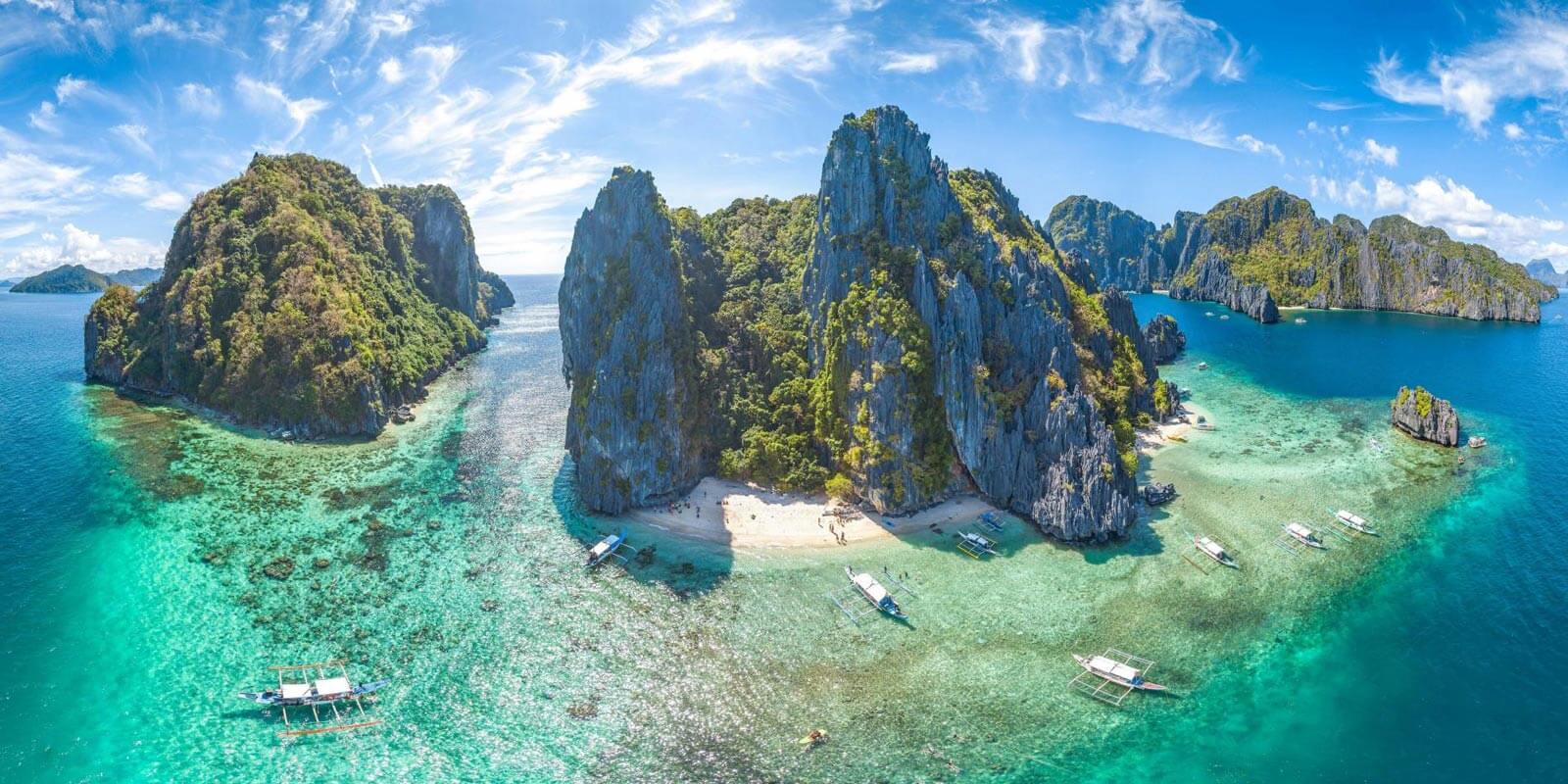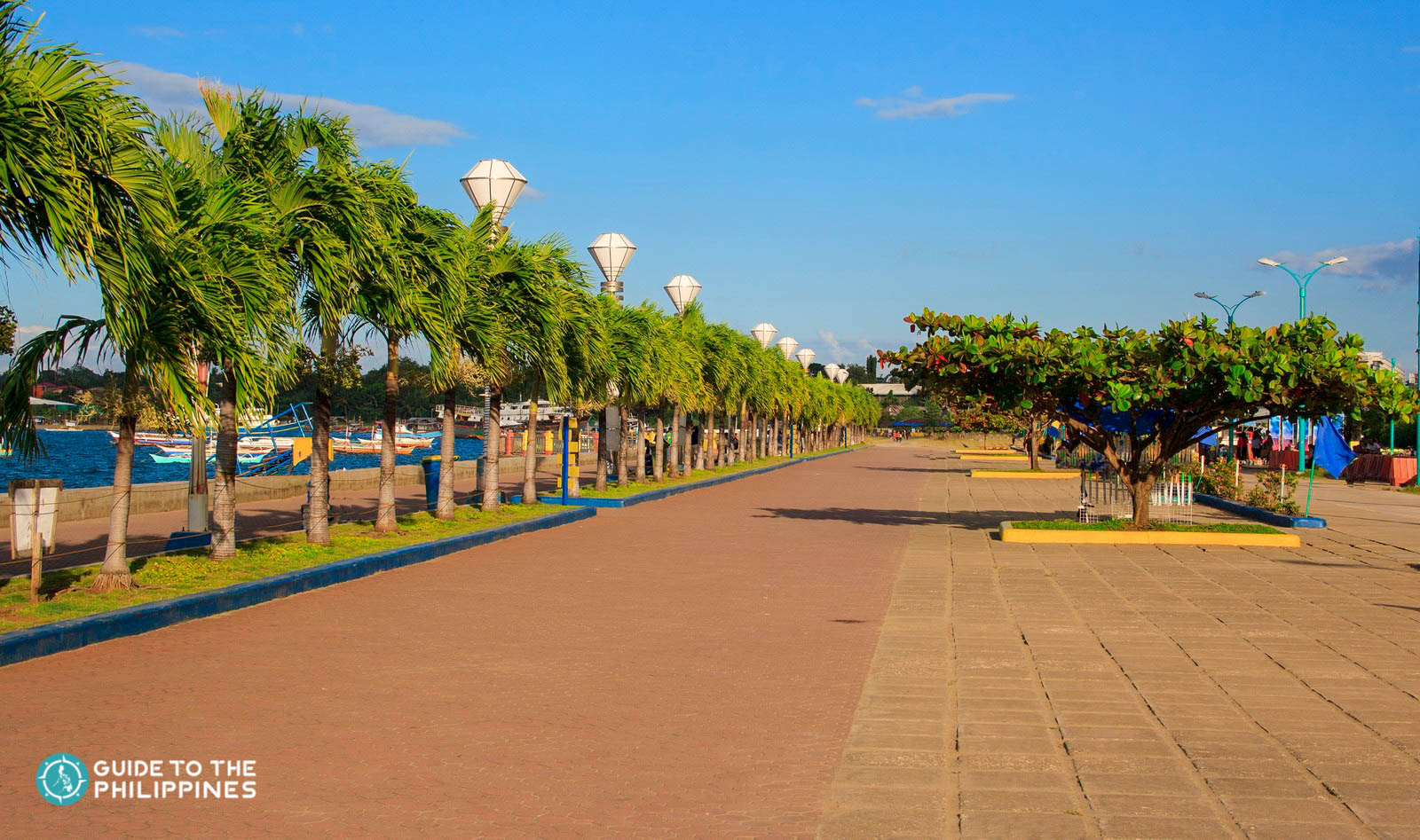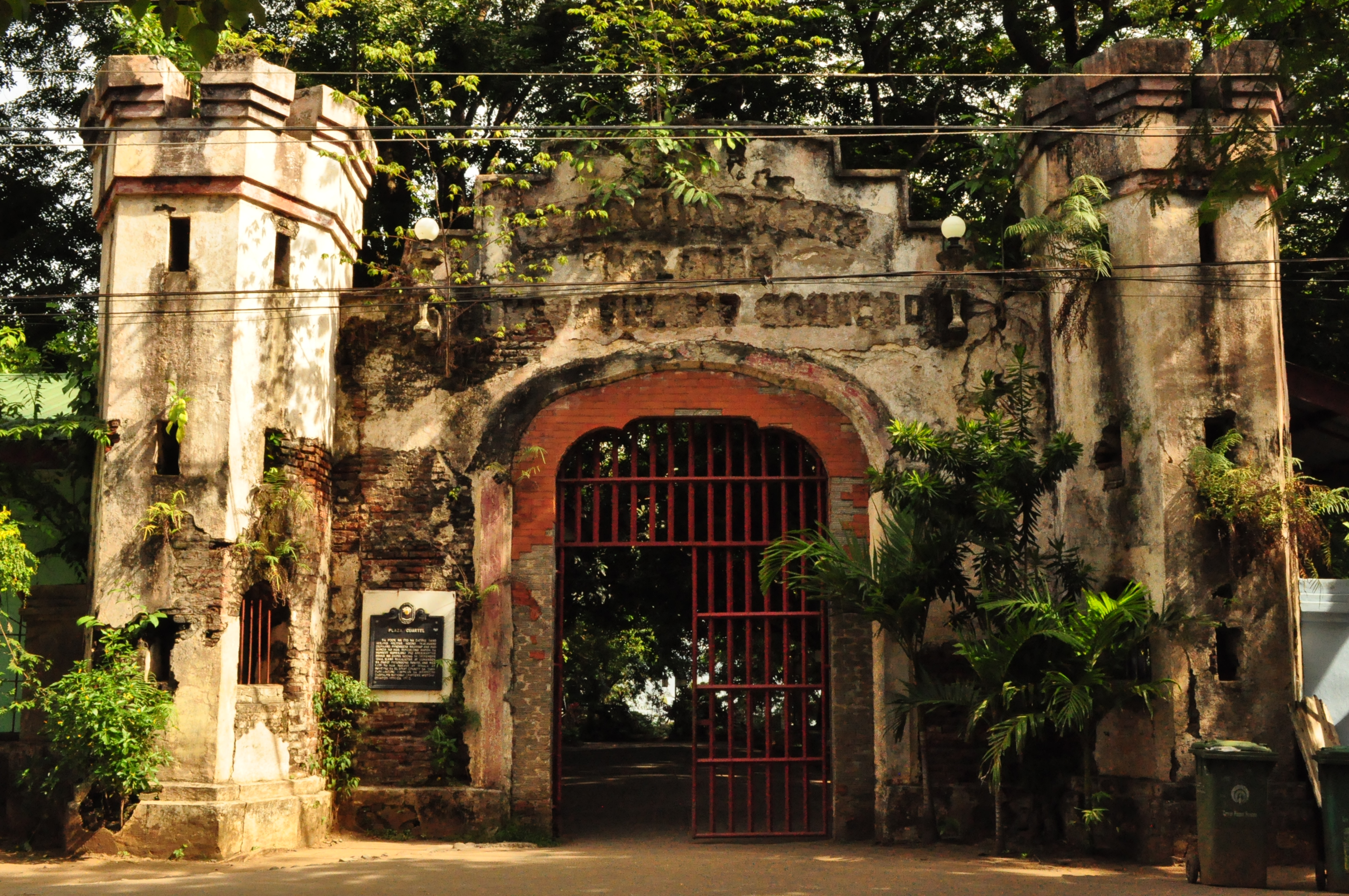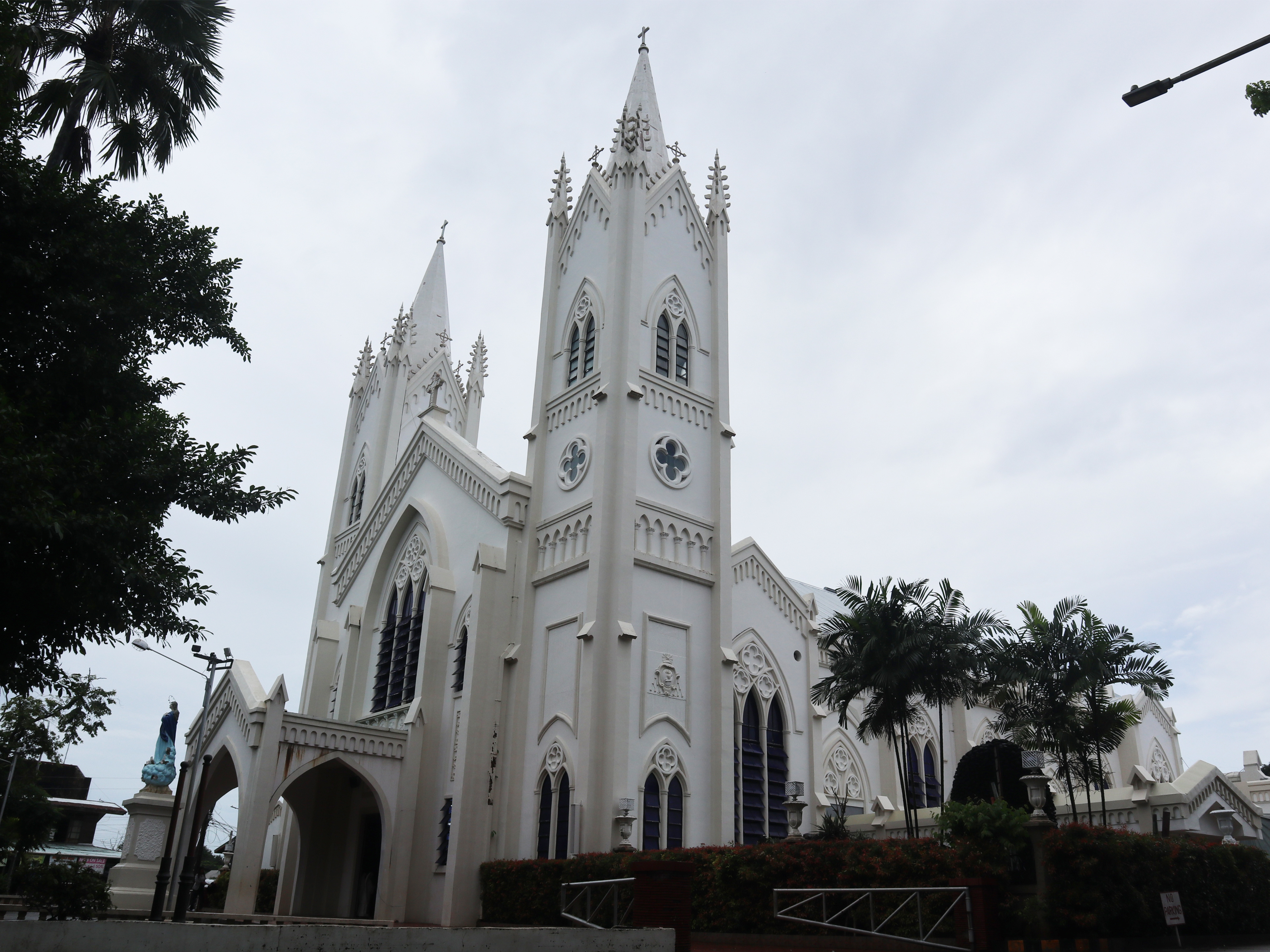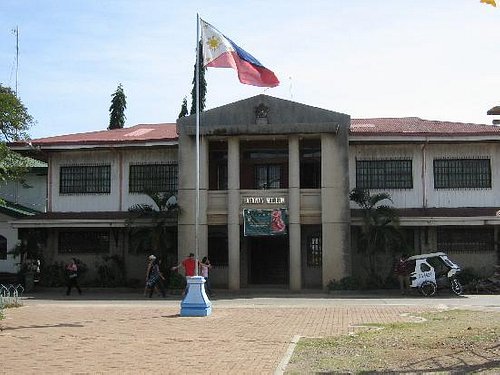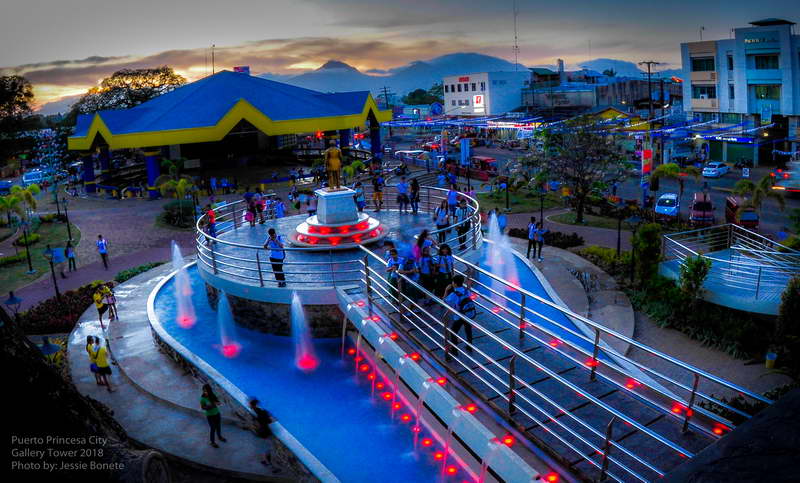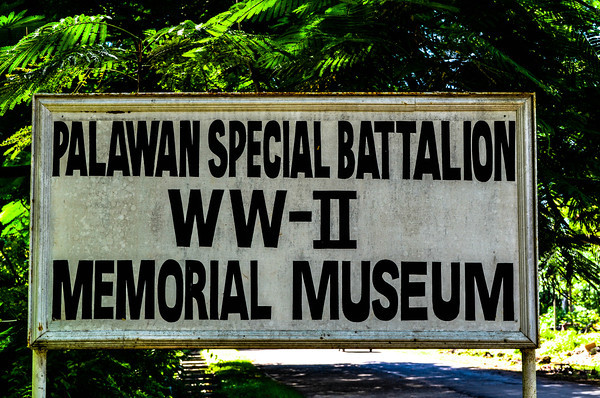Welcome to Puerto Princesa City in Palawan, and welcome to Anthro on Foot's walking tour! This is a
self-paced
walking tour that features key heritage sites and cultural highlights in the area. We hope you enjoy
this tour as
much as we enjoyed curating it!
Legend has it that the name "Puerto Princesa" is attributed to a maiden with princess-like
qualities who, in the early days, was said to roam the area on specific nights of the year.
Alternatively, some pragmatic individuals associate the name with the geographical advantages of the
place as a seaport – naturally protected throughout the year and possessing a depth capable of
accommodating vessels of any size – a maritime haven or a metaphorical princess of ports.
Palawan is significant in the context of the Wallace Line. The Wallace Line is a biogeographic
boundary that separates the ecozones of Asia and Wallacea, which includes parts of Southeast Asia
and Australasia. The line was named after the British naturalist Alfred Russel Wallace, who
independently proposed the idea of evolution by natural selection around the same time as Charles
Darwin.
The Wallace Line is characterized by a stark difference in fauna on either side of the boundary. To
the west of the line, which includes mainland Asia, animals have more in common with each other than
with those to the east of the line. On the eastern side, which includes islands like Borneo,
Sulawesi, and the Philippines, the fauna is more closely related to that of Australasia.
Palawan is interesting because it lies on both sides of the Wallace Line. The western part of
Palawan is characterized by fauna more typical of continental Asia, while the eastern part has a
greater affinity with the animals of the Australasian region. This makes Palawan a transitional zone
where species from both sides of the Wallace Line coexist. The unique ecological makeup of Palawan,
straddling this biogeographic boundary, contributes to its rich biodiversity.
The Palawan island group, including Puerto Princesa, has always been home to various indigenous
groups. Among them are the Palaw'an, Tagbanua, and Batak peoples, with traditions deeply rooted in
their connection to nature. These communities have distinct languages, cultures, and traditions.
